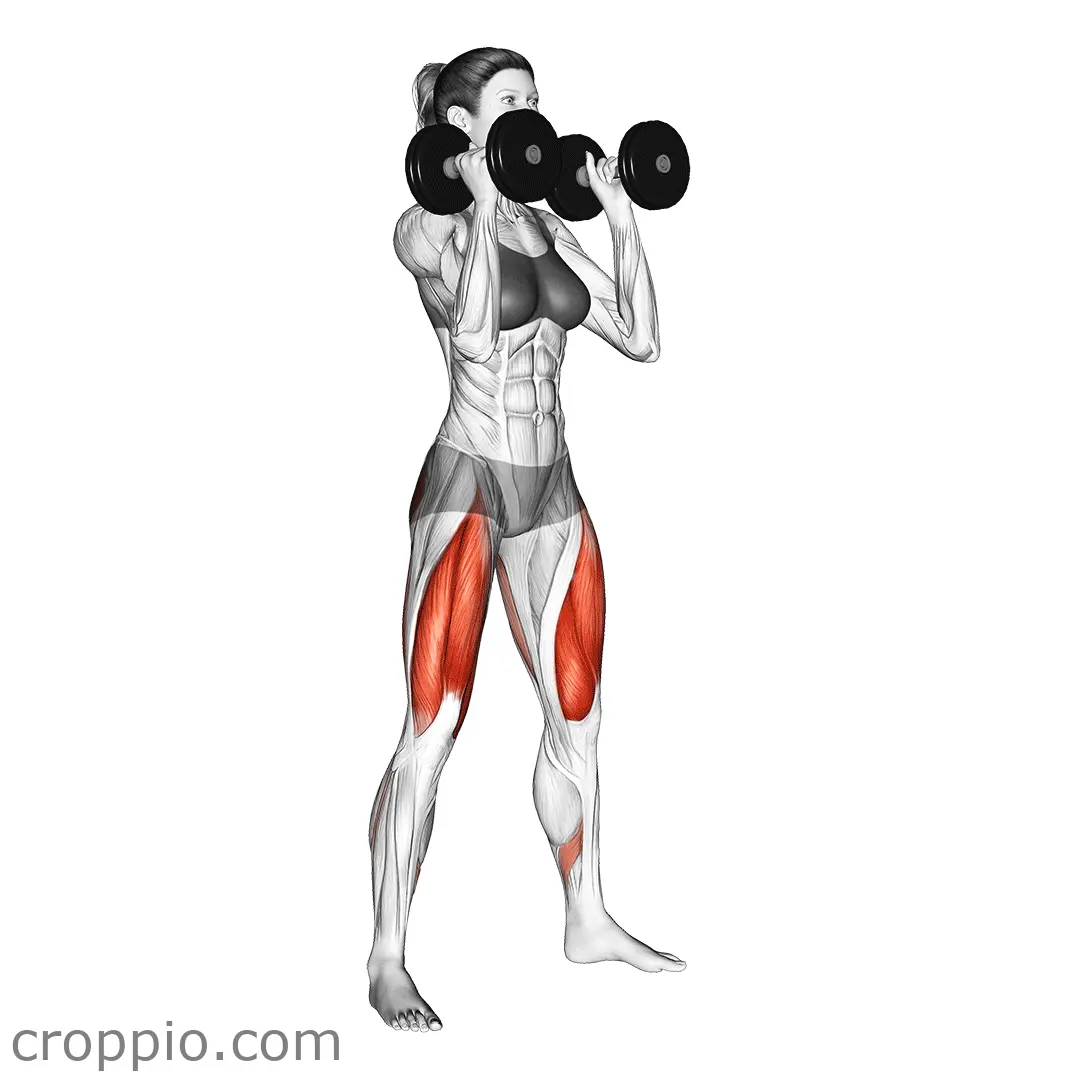Low Bar Squat Form

Muscles Involved
The low bar squat is a compound exercise that primarily targets the posterior chain, emphasizing strength and stability in the lower body. The primary muscles involved are the gluteus maximus, hamstrings, and quadriceps. Additionally, the lower back and core are significantly engaged for stabilization throughout the movement. Secondary muscles include the calves and adductors, which assist in balance and controlling the descent and ascent of the squat.
Top Mistakes
- Heeled or flat-footed positioning: Placing the bar too high or low on the back can affect balance and squat depth, leading to inefficiency.
- Improper foot placement: A narrow or overly wide stance can hinder squat depth and form.
- Allowing the knees to cave inward: This can lead to knee injuries and strain on the joints.
- Leaning too far forward: Over-tilting the torso can compromise safety and form during the squat.
Execution Tips
- Bar position: Ensure the barbell sits lower on the traps, creating a shelf with your upper back for stability.
- Foot stance: Adopt a shoulder-width stance with toes slightly pointed outward to maintain balance.
- Maintain a neutral spine: Keep your back straight and chest up throughout the movement to prevent injury.
- Control your descent: Lower yourself in a slow and controlled manner, pushing your hips back first to maximize depth and form.
Workouts
The low bar squat works exceptionally well within a strength training regimen. For optimal results, consider performing 3 to 5 sets of 5 to 8 repetitions, allowing adequate rest between sets for recovery. To complement the low bar squat, integrate accessory exercises such as lunges, deadlifts, or leg presses to target related muscle groups and enhance overall leg strength. Incorporate this exercise 1 to 2 times per week, ensuring to vary intensity and include lighter techniques to prevent fatigue.
Conclusion
Incorporating the low bar squat into your fitness routine offers numerous benefits, including improved lower body strength, enhanced muscle activation in the posterior chain, and better core stability. By focusing on proper form and avoiding common mistakes, you can safely increase your squat performance, leading to greater athletic capability and functional strength for daily activities.



